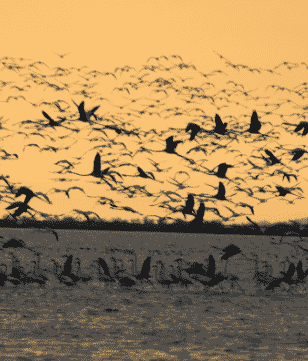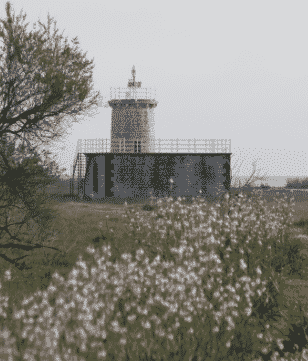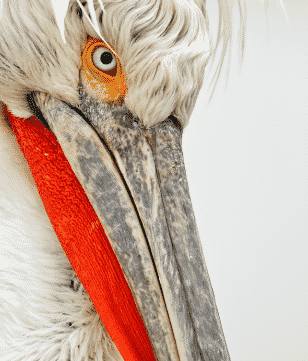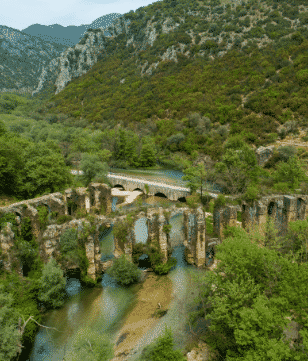Amvrakikos
History
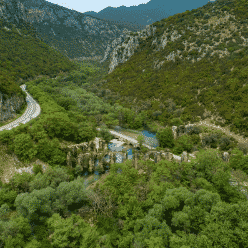
Amvrakikos attracts strong interest in National and International level as one of the most important wetlands of Greece with high ecological value. The remarkable habitats, resident and migratory birds, rare plants, animals and fishes create unique ecosystem. More than 295 bird species have been recorded in Amvrakikos, out of a total of about 450 species of the Hellenic avifauna.

Amvrakikos attracts strong interest in National and International level as one of the most important wetlands of Greece with high ecological value. The remarkable habitats, resident and migratory birds, rare plants, animals and fishes create unique ecosystem. More than 295 bird species have been recorded in Amvrakikos, out of a total of about 450 species of the Hellenic avifauna. Moreover, the bottlenose dolphins well known as “dolphins of Amvrakikos” and the sea turtle are examples of rare and endangered fauna.
In addition to the aforementioned, the priority habitats that is 20 large and small lagoons, the developed estuaries of Arachthos and Louros rivers, the covered with shells barrier-island lagoons, the wealth of fish fauna of the bay, the endemic fish species, the existence of few of the remaining riparian forests and the distinctive geomorphology of the largest semi-closed bay of the country, enable us to understand the wealth of biodiversity which is hidden in the Amvrakikos Wetlands National Park.
The position and shape of the bay which create a large (400 sq. Km) and protected sea with rich and diverse coastal zone have attracted human activities since ancient times. Nicopolis (perhaps the largest city of ancient Greece) exploited the natural wealth of the region. The natural wealth of Amvrakikos is playing a significant role in the human survival and culture up until today. Extended industrial pork and chicken farming, dams, ports and cities, fisheries and aquaculture, intensive agriculture and tourism put pressure on natural resources. The management of this complex system is the great challenge of our institution.
Our ambition is the serene coexistence of local communities, their culture and traditions, along with the rare, beautiful and generous nature. Our aim is to monitor the biodiversity of the region and also be aware of the basic mechanisms that create and perpetuate this wealth. Our mission is to inform and raise public awareness, support productive activities, coordinate education efforts, and last but not least to protect the environment.
We are convinced that the involvement of citizens and organizations will help us to achieve our goals.
Wetlands National Park

The Amvrakikos Wetlands National Park was founded on March 21, 2008 by Joint Ministerial Decision 11989/2008 (Government Gazette 123/D‘/21-03-2008). The declaration of the area as a National Park and the definition of uses, conditions and limitations, has been the result of a long effort in connection with the environmental protection of the region on a national level.
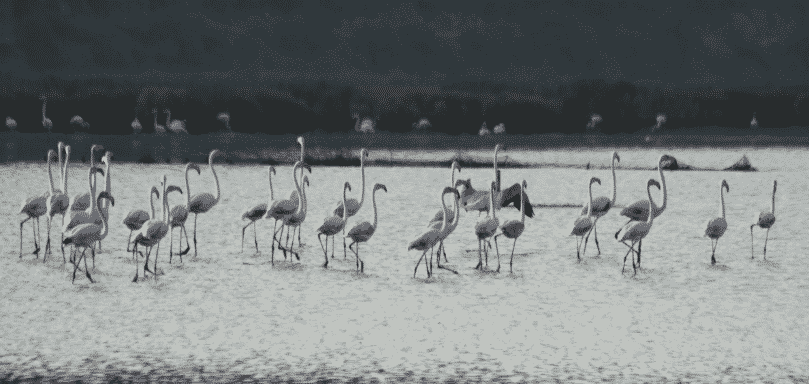
The Amvrakikos Wetlands National Park was founded on March 21, 2008 by Joint Ministerial Decision 11989/2008 (Government Gazette 123/D‘/21-03-2008). The declaration of the area as a National Park and the definition of uses, conditions and limitations, has been the result of a long effort in connection with the environmental protection of the region on a national level. The significant biological, ecological, aesthetic, scientific, geomorphological and educational value of the area has been internationally recognized with its inclusion on the List of Wetlands of International Importance (Ramsar Convention, 02/02/1971), the division off our areas of the Network Natura2000 (with codes: GR2110001, GR2110004, GR2310006 and GR2310014), as well as the Bern Convention (09/19/1979), Bonn (06/23/1979) and Barcelona (02/16/1976).
We can identify four levels of protection in the Amvrakikos Wetlands National Park subject to conditions and limitations which grow gradually as we move towards the core. Specifically, we have the peripheral area of the National Park which is called “Environmental Control Zone” and covers a region of 177.990 hectares, the transition zone towards the core of the National Park which is called ‘Zone B’ Area of Special Settings“ and covers a region of 10.522 hectares, the ‘Zone A1’ Area of special Water Management “ region of 457 hectares and finally the ‘Zone A’ Areas of Conservation” which is the heart of the National Park, occupying a total surface of 18.246 hectares.
Wetlands
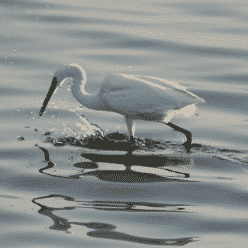
Wetlands are locations where fresh, brackish or salty water is concentrated under permanent or occasional conditions. Several areas where water is stored can be considered as wetlands, such as marshes, swamps, estuaries, lagoons, even and salt marshes.
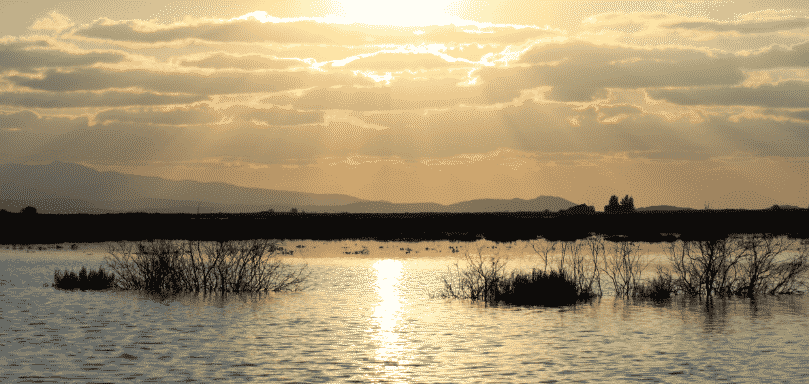
Wetlands are locations where fresh, brackish or salty water is concentrated under permanent or occasional conditions. Several areas where water is stored can be considered as wetlands, such as marshes, swamps, estuaries, lagoons, even and salt marshes. Nowadays, scientific progress in several environmental issues revealed that wetlands should be considered worldwide as areas of great ecological and economic value. Therefore, they are protected by international conventions (Ramsar Convention), EU Directives and national legislations.
Wetlands are locations of great biological interest, where many species of fauna (mainly birds) seek for food, rest and breed. Multiple environmental values result from their operation; they serve as water reservoirs (groundwater and surface water) by contributing to the enrichment of the aquifer. Furthermore, they improve water quality, by trapping sediments and retaining debris. Wetlands are able to control several flooding phenomena, by storing gradually flood waters. Thus they contribute to the normalization of overflows and the reduction of corrosive phenomena. Additionally, they act as temperature controllers of coastal regions, since they absorb great amounts of carbon dioxide while they store and release heat.
Beyond their ecological values, wetlands include multiple direct benefits to society. Specifically, wetlands necessity for producing drinking water, becomes higher due to the over pumping of ground water sources and the continuous salinization. Moreover, in semi-arid or arid areas, the presence of wetlands can enhance the irrigation of farmland. They can also be an ideal place for fishing and farming activities. Lagoons, with proper use and management, are able to produce sufficient quantities of vendible fishes; they offer great advantages such as adequacy of breeding sites, free movement of fish populations and protected areas for their hibernation. Several wetland riparian areas are ideal for grazing animals for a long period during the year, thus supporting the development of local livestock farming. In addition, wetlands offer to people a unique environment for entertainment and ecotourism, as well as an appropriate field of scientific research and education.
Wetlands are subject to a number of threats for their maintenance; most of them rise from humans such as the deposition of untreated wastewaters, pumping excessive quantities of water for irrigation, continuous construction of drainage and land reclamation projects, livestock overgrazing, overfishing, uncontrolled and illegal hunting.
Type of Habitats
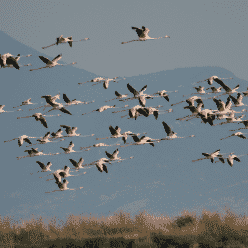
Amvrakikos is one of the most complex wetlands mosaic in Greece. The Amvrakikos Wetlands National Park includes sixteen natural habitats types according to the evaluation criteria of Directive 92/43/EEC. Most lagoons are sited in the northern part of the Amvrakikos gulf, formed by the action of the alluvial rivers Arachthos and Louros.

Amvrakikos is one of the most complex wetlands mosaic in Greece. The Amvrakikos Wetlands National Park includes sixteen natural habitats types according to the evaluation criteria of Directive 92/43/EEC. Most lagoons are sited in the northern part of the Amvrakikos gulf, formed by the action of the alluvial rivers Arachthos and Louros. The biggest part includes the complex “Rodia, Tsoukalio, Avleri” found on the west side of the hill of Salaora and the lagoon Logarou east of the same hill. Two of the three largest lagoons, Tsoukalio and Rodia are interconnected, creating a rare double lagoon cluster.
Other impressive natural formations of the area are the barrier-islets that have been created among the lagoons of the Amvrakikos gulf. The lagoon Saltini and Voulkaria Lake have a significant role as they are spread boundaries of the protected species Carexacuta (Carexpanormitana Guss).
The largest pure reed bed of the Balkans, Rodia, along with the salt water marshes of Arachthos and the fresh water marshes of Louros, are some of the major and most important habitat types. A great variety of vegetation can be found, across the hills of the extended region (Mavrovouni, Salaora, Prophet Elias, Saint Ekaterini) that consists of thermophilic deciduous species of oak such as downy oak (Quercus pubescens), broadleaved oak (Quercus frainetto), holm oak (Quercus coccifera), wild olive (Olea oleaster), ostrya (Ostrya caprinifolia), Asfaka (Flomis fruticosa) and Paliouri (Paliurus spina cristi).
Finally, one of the last remaining riparian forests of our country, called Saint Varnavas, is preserved near the village Louros. It is composed of clusters of Nerofraxon (Fraxinus angustifolia) and other hydrophilic broadleaf species.
Fishing Tradition
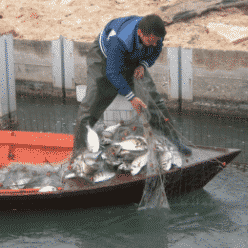
Amvrakikos gulf has a rich fishing tradition which goes back in ancient times. The first references have been made at the time of Ancient Nicopolis presentations on mosaics and earthenware of the area. This is the time when fishing farms; called ivaria (vivarium) appeared.
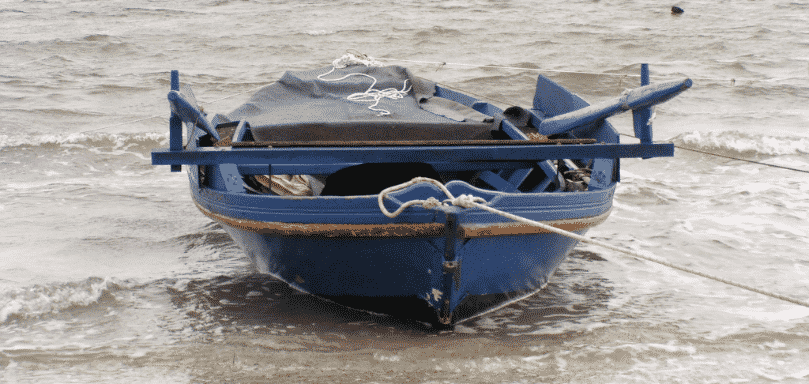
Amvrakikos gulf has a rich fishing tradition which goes back in ancient times. The first references have been made at the time of Ancient Nicopolis presentations on mosaics and earthenware of the area. This is the time when fishing farms; called ivaria (vivarium) appeared. These fishing farms have been built at the natural openings between the lagoons and Amvrakikos gulf. Around spring time, the fish that live in the Ionian Sea enter the gulf seeking for hotter and more nourishing waters and head for the lagoons. During this season, the lagoons are filled with broods and young fish and crustaceans, such as mullets, bream, sea bass, sole, eel etc.
Once the fish enter the fishing pens, they are entrapped by some bamboo constructions (like barriers). As soon as they grow up, they can be fished later on in the lagoon. Nowadays, these fish traps have become modernized and more long -lasting and durable.
Fishing takes place with flat boats, which do not have a keel. These are called “priaria”. Fishermen use harpoons, ners, hooks, “volkous”, drums, “pezovola” and nets, depending on the fish they want to catch.
Another traditional way of fishing, which dates back to 1922 is the “Ntaliani” or “Thinio”. It is a structure on the coast along the fish crossings. Fish in order to avoid predators (such as dolphins) travel along the coast. Fishermen take advantage of this behaviour and they build the “Ntaliani”, which consists of an observation post and a big submerged net which is tied on pegs. A fisherman is observing the water from a high point of view. Once a school of fish is exactly above the net, other fishermen lift the net quickly capturing the fish.
The fishing activity in Amvrakikos lasts until our days. Each year, different local traditional festivals are organized, each one having a different fish emblem: the sardine, the shrimp, the mullet of Amvrakikos. All these confirm the long-lasting bond between human and the Amvrakikos gulf.
Finally, all around Amvrakikos, one can find organized fishing farms. The most common type of aquaculture is the farming of Mediterranean species, such as the sea bream, sea bass in floating cages, whereas in the broader area one can find cultures of mussels, eel farming, carp and trout farming.



